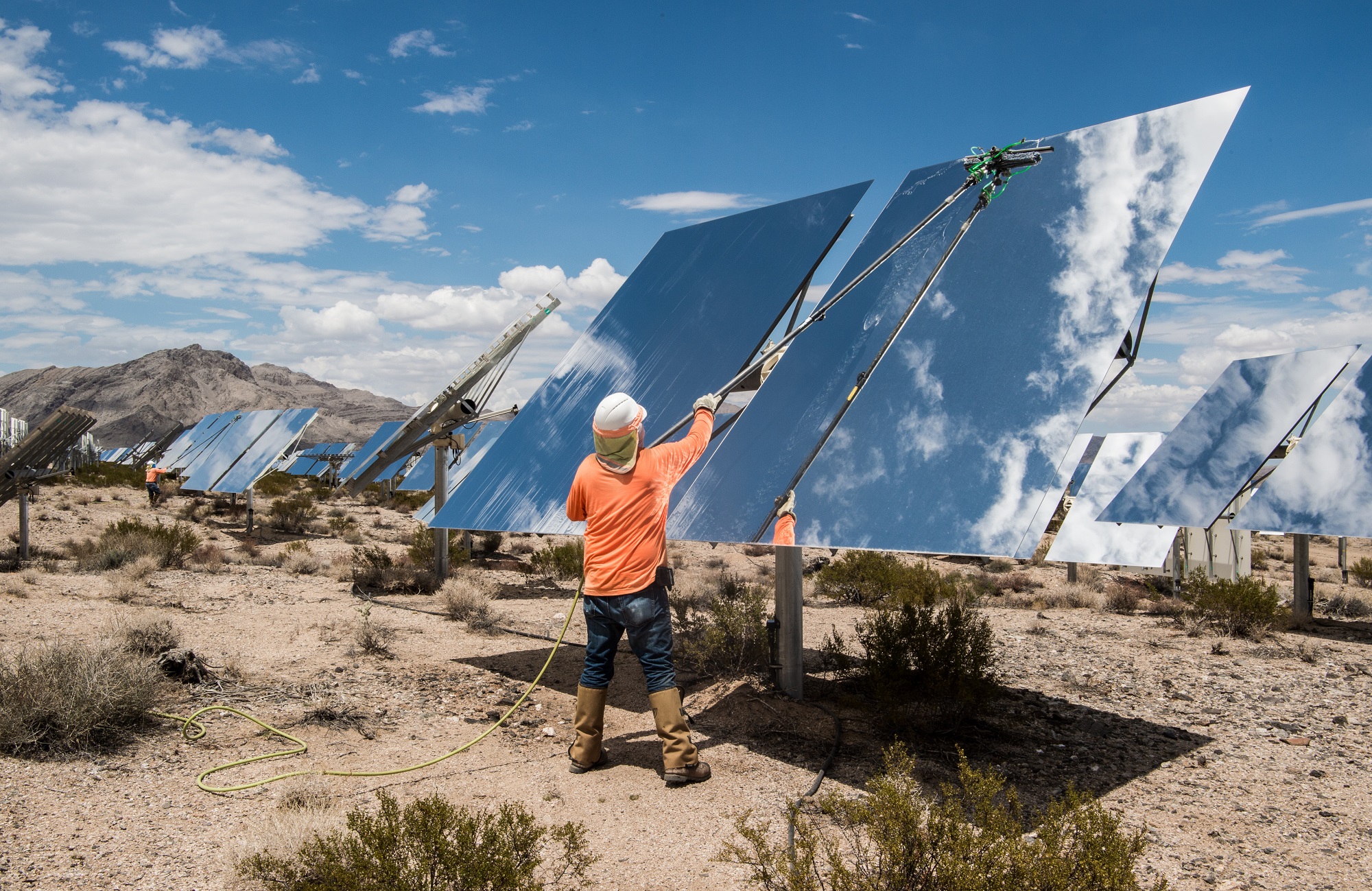The US has started a comprehensive plan to cut greenhouse gas emissions, improve sustainability, and move towards a low-carbon economy as it struggles with the pressing need to address climate change. In its quest of environmental and economic transformation, the United States of America faces particular potential and challenges because of its vast industrial base, diverse topography, and prominent worldwide role. This article examines the main components of the American climate policy, the difficulties it has encountered, and the approaches being taken to create a sustainable future.
Ambitious Climate Objectives and the Policy Structure
Thanks to measures at the federal and state levels, the United States has made tremendous progress in implementing its climate policy. The Biden administration set a lofty goal in 2021 to cut emissions by 50–52% by 2030 compared to 2005 levels and to attain net-zero greenhouse gas emissions by 2050. These goals, which seek to keep global warming to 1.5°C over pre-industrial levels, are consistent with international pledges made under the Paris Agreement.
The Biden administration has proposed a number of laws and programs aimed at promoting energy efficiency, climate resilience, and renewable energy in order to help achieve these objectives. After being passed in late 2021, the Infrastructure Investment and Jobs Act calls for large investments in climate resilience, electric vehicle (EV) charging networks, and renewable energy infrastructure. It is anticipated that this law will have a vital role in accelerating the United States’ shift to a low-carbon economy.
Furthermore, the Inflation Reduction Act, which was passed in 2022, offers incentives to consumers and businesses to adopt sustainable habits in addition to significant support for clean energy technologies like wind and solar power. In addition, the legislation provides funding for green technology research and development and encourages initiatives to cut emissions in important industries like manufacturing and transportation.
Green Energy: Taking the Lead
The United States’ climate plan is centred on renewable energy, with substantial financial and legislative assistance going towards increasing the share of clean energy sources. Wind and solar power have grown significantly in the United States in recent years, thanks to regulations that encourage them, falling technical costs, and rising public demand for sustainable energy.
Notable has been the expansion of the solar industry. With millions of solar installations on homes, businesses, and utility-scale properties, the United States presently has one of the largest solar marketplaces in the world. Falling equipment costs, state-level incentives, and federal tax credits all contribute to the growth of solar power and increase consumer access to and affordability of solar energy.
Another important area of concentration is wind power. Both onshore and offshore wind resources are abundant in the United States, where a number of sizable wind farms are in operation. By 2030, the Biden administration hopes to have installed 30 gigawatts (GW) of offshore wind capacity, placing the United States at the forefront of the offshore wind energy industry worldwide.
The United States of America is investing in geothermal and hydropower energy in addition to solar and wind power. The objective of these investments is to improve the resilience of the national grid and diversify the energy mix.

Electrification and Transportation
The U.S. climate plan places a lot of emphasis on the transport sector because of its substantial contribution to greenhouse gas emissions. A major element of the plan is the transition to electric vehicles (EVs), with initiatives to hasten EV uptake and increase the availability of charging stations.
Provisions in the Inflation Reduction Act, such as tax rebates for EV purchases, incentives for domestic EV manufacturing, and investments in EV charging networks, are intended to foster the expansion of the EV market. The objective is to raise the quantity of EVs. on the road, lessen dependency on fossil fuels, and cut transportation-related emissions.
The United States is attempting to raise the fuel economy requirements for conventional cars and encourage the use of alternative fuels in addition to EVs. The plan to lower emissions from the transportation sector also includes increasing the use of public transportation and making investments in transit infrastructure.
Difficulties and Barriers
Even with its advancements, the United States’ climate strategy still faces a number of obstacles. The political and regulatory environment, which can affect the execution of climate policies and initiatives, is one of the main obstacles. Resistance to the climate agenda is common at all levels of government, and altering political objectives can have an impact on policy changes.
The US has difficulties integrating renewable energy sources into the national system. To guarantee a steady and dependable energy supply in light of the unpredictability of solar and wind generation, developments in energy storage and grid control technology are necessary. To solve these issues, investments in smart grid technology, system modernisation, and battery storage are crucial.
Impacts on society and the economy are also a worry. The shift towards a low-carbon economy has the potential to cause disturbances in current businesses and have an impact on labourers in fields like manufacturing and coal mining. The American government is putting policies in place to assist impacted areas and labourers, including as initiatives for economic development and retraining.


